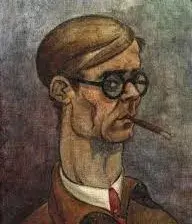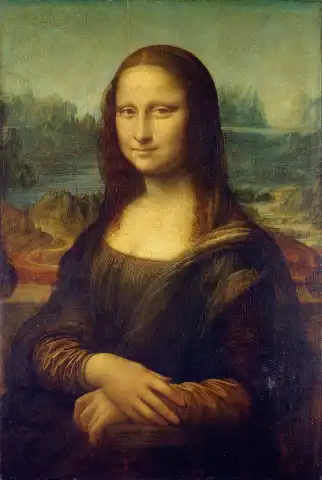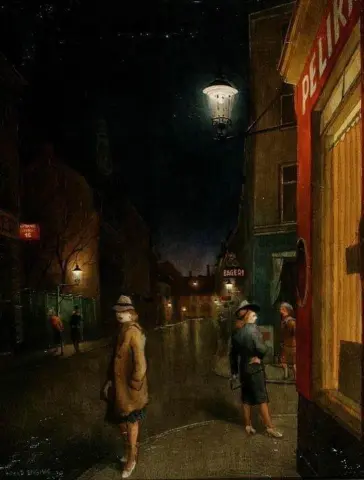

Hand painted reproductions of Harald Rudyard Engman
Harald Rudyard Engman: A Defiant Voice in Danish Art
Harald Rudyard Engman was a Danish painter known for his bold and politically charged works that critiqued the Nazi occupation of Denmark. His art, filled with satire and symbolism, made him a unique figure in Danish modernism and an unwavering advocate for artistic freedom.
Early Life and Background
Born in Denmark in 1903, Harald Rudyard Engman developed an early interest in painting. He was largely self-taught, forging his path in the Danish art scene through keen observation and a natural talent for composition. His early works focused on urban life, capturing Copenhagen's streets and nightlife with a keen eye for both beauty and social commentary.
Artistic Development and Style
Engman’s paintings evolved from depictions of everyday life to highly symbolic and politically charged works. He adopted a bold, satirical approach, using exaggerated forms and stark contrasts to highlight the tensions of his time. His color palette often shifted between dark, ominous tones and striking, almost surreal hues, reflecting the duality of hope and oppression.
His work bore similarities to German Expressionism, though it remained distinctly Danish in its themes and execution. Engman was unafraid to challenge societal norms, using his paintings to expose corruption, hypocrisy, and the growing dangers of totalitarianism.
Themes and Significance
Engman became widely known for his fierce opposition to the Nazi occupation of Denmark (1940–1945). His paintings openly criticized both the occupiers and Danish collaborators, making him a controversial figure. His most famous work, Danmark besat (Denmark Occupied), was a direct visual protest against the German presence in his homeland.
Themes of oppression, resistance, and the struggle for national identity dominated his art. He also explored the effects of war on civilians, portraying both fear and resilience in his striking compositions. His ability to combine political commentary with artistic expression solidified his place in Danish art history.
Persecution and Exile
Due to his outspoken criticism of the Nazi regime, Engman was forced to flee Denmark in 1940. He sought refuge in Sweden, where he continued to paint and document the realities of war from afar. Despite living in exile, his art remained deeply connected to the fate of Denmark, serving as both a form of protest and a beacon of hope.
Legacy
After the war, Engman returned to Denmark and continued to paint, though his later works carried a more somber tone, reflecting the toll of war and exile. His courage and artistic defiance have cemented his legacy as one of Denmark’s most politically significant artists. Today, his paintings are held in Danish museums and private collections, serving as historical and artistic records of a turbulent era.
Where to Find Handmade Oil Painting Reproductions of Harald Rudyard Engman’s Art
For those interested in acquiring reproductions of Harald Rudyard Engman’s powerful works, Painting On Demand (POD) offers high-quality handmade oil painting replicas. These reproductions allow art lovers to experience the raw emotion and historical significance of his art while keeping his legacy alive.
Harald Rudyard Engman’s work stands as a reminder of the power of art to challenge authority, inspire resistance, and preserve history through bold, unyielding expression.
Imagine owning an original work of art by Harald Rudyard Engman, one of the greatest artists in history. At POD we offer you the opportunity to make this dream come true. We reproduce Harald Rudyard Engman's works down to the smallest detail, so you can enjoy them in your own home.
Our reproductions are made by experienced artists who use the best materials and techniques. We are dedicated to providing you with the highest quality works of art, which will bring joy and inspiration to your family for generations.





